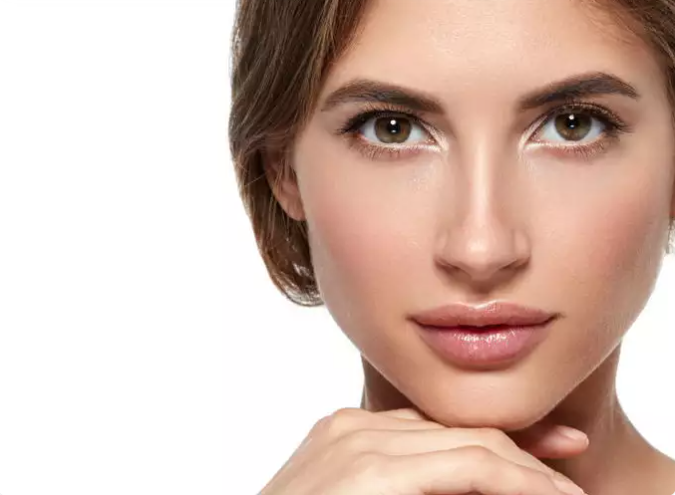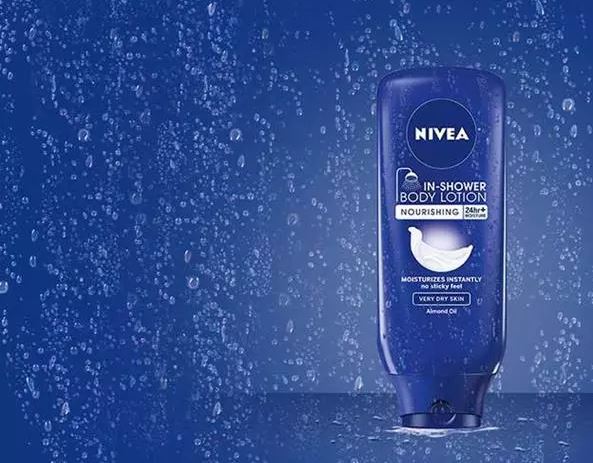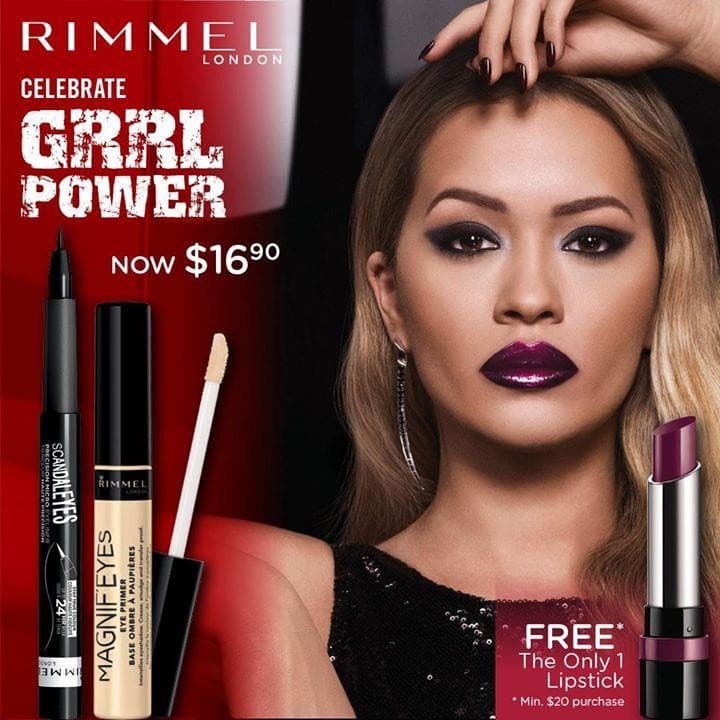Ten Natural and Safe Skin Lightening Ingredients

Hydroquinone is a skin-lightening agent that can be highly beneficial to fade red or brown spots that have lingered. However, several years later, concerns about safety prompted retailers to pull hydroquinone from the market. As a result, people searching for products whose ingredients are safe and natural. Below are the top ten ingredients used in skincare products. Make sure to not forget to follow Ashenly on Reddit for further insights.
Alpha-Arbutin
Alpha-arbutin has a more substantial effect than beta-arbutin and is also often found in skin whitening products as an effective alternative to hydroquinone.
Beta Arbutin (Bearberry Extract)
Beta arbutin (commonly known as just arbutin) is derived from the leaves of bearberry, cranberry, and blueberry plants. It works in a similar way to kojic acid, in that it inhibits the production of tyrosinase to restrict the amount of pigment produced. Although naturally derived, it can cause skin irritation in some people with sensitive skin.
Glutathione
Glutathione is an excellent antioxidant with several health advantages, including increasing the immune system and purifying the liver. On the other hand, the only known side effect of glutathione is skin whitening. All these health benefits plus a smooth, glowing, lighter skin tone – amazing! Glutathione is commonly found in skin-lightening pills and can also topically be used when found in skin lightening soaps.
Kojic Acid
Kojic acid is derived from Koji (a Japanese mushroom) and known as one of the most common ingredients for lightening. The skin is brightened by a molecule in the skin called tyrosinase, which reduces the amount of melanin produced.
Licorice Root
Licorice is widely accepted in the skincare market. Licorice also works to inhibit the enzyme tyrosinase from limiting the amount of pigment produced. It can be fitted and has anti-inflammatory properties, primarily practical at fading suntans.
Mulberry
This skin-lightening ingredient is extracted from the roots of the paper mulberry. It is believed that mulberry is more reliable than acid, so concentrations are required to achieve the same specific effect as acid concentrations.
Papaya
The papain enzyme observed in papaya products to smoothly shed dead skin cells and expose new and brighter skin cells underneath. Green and orange papaya are both useful, but green papaya contains more of the papain enzyme. This ingredient is most regularly observed in soaps but sometimes in skin lightening creams too.
Vitamin A (Retinol)
Vitamin A, also known as retinol or tretinoin, increases the revitalization rate of skin cells. The renewal of skin cells ensures that the most radiant skin under the skin is revealed.
Vitamin B3 (Niacinamide)
Niacinamide, also known as nicotinamide or vitamin B3, contains antioxidant and anti-inflammatory properties. It is an effective topical skin lightener and works by inhibiting melanin production in the skin. Although vitamin B3 can be found in sunscreen products and some sunscreen products, you can apply its content to buy capsules.
Vitamin C
At concentrations of about 10%, vitamin C acts to suppress the formation of pigments in the skin. Vitamin C can protect the skin. These parts should not generally function in isolation. The skin combines several of these elements because they have the desired effects.


